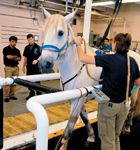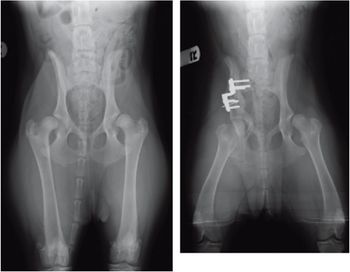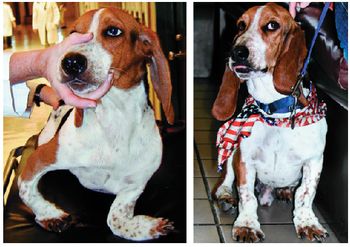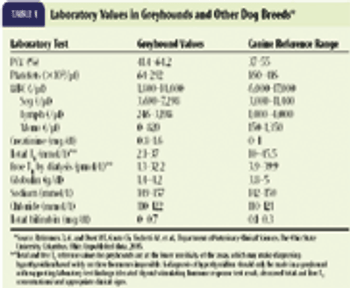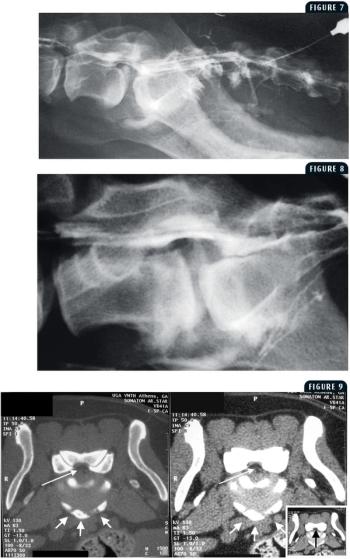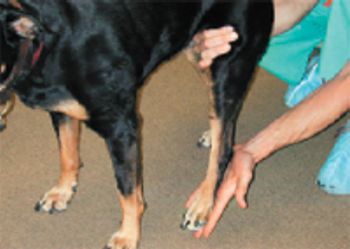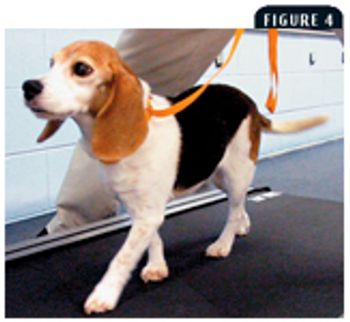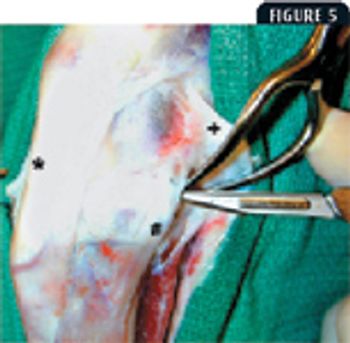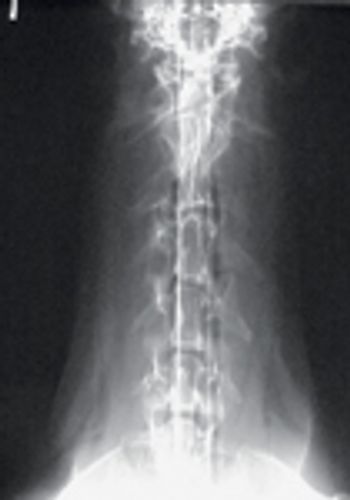Cranial cruciate ligament pathology is a leading cause of lameness in dogs. Many surgical treatments have been described that aim to restore stifle joint stability and minimize the progression of subsequent osteoarthritis. Most surgical treatments seek to replace the function of the cranial cruciate ligament by substituting autologous tissues or synthetic materials. More recently, the tibial plateau leveling osteotomy (TPLO) procedure has been described, which alters the mechanical forces acting on the stifle, rendering the cranial cruciate ligament unnecessary.


